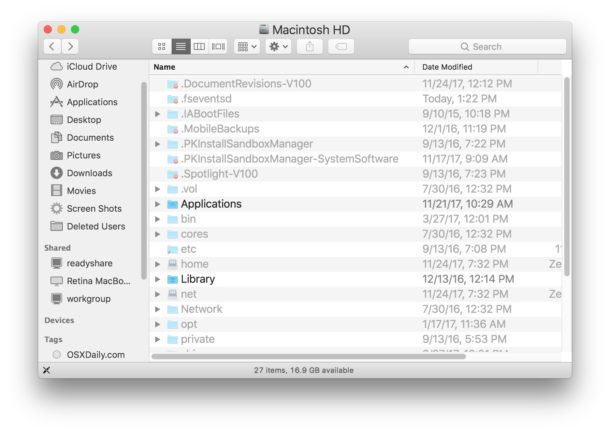You may have tried to access your personal Library folder on your Mac computer, only to find that it does not exist. Even though you may not have found your Library folder, the Mac OS X Library folder is not gone. The Library folder is simply hidden in newer releases of the Operating System.
As part of this association, OS X will adopt icons within the handling program to use with these files. If this association is broken in the launch services, then the system may not know what files your programs are capable of opening, which in turn may have OS X resort to a generic icon for these files.

- The other is the user Library folder and again, you really shouldn’t mess with it but doing so is less damaging than messing with the system Library folder. In both cases, since the folder is an important one, it is hidden. You can view it by opting to show hidden files and folders on macOS, or you can permanently unhide the user Library.
- To make the Library folder appear, press the “Alt” key (also known as the Option key) at the bottom left of your keyboard. The Library folder will now appear. The Library folder will now appear. Click on the Library folder option to be taken straight to the folder.

Up until the release of Lion (OS X 10.7), you could open your Home folder to access the Library folder. But after the Lion, OS X 10.8 Mountain Lion, and OS X 10.9 Mavericks upgrades, the Library folder is gone. Well, not gone… it’s hidden.
The user Library folder is still there; However, to avoid any issues with users who may tinker with necessary files (etc.), the folder is now hidden. This is a tactic that Microsoft Windows has used for many years that is now being integrated into the Mac OS X environment (see: Windows Show/Hide).
1. Open the Finder and navigate to your Home folder. (Go > Home); or press Shift-Command-H. Dvd burn programs for mac.
2. Still in the Finder, choose View > Show View Options (or press Command-J).
Free floor plan software mac free download floor plan floor plan maker floor plan creator and many more programs. If you want to draw up a new floor plan for your home office or just about any kind of space we ve taken a look at the very best mac compatible floor plan and home design software. SmartDraw (Best 2D CAD For Mac) If you’re looking for something powerful for 2D CAD design but. Learn how to create floor plan on Mac OS X easily and quickly. Use powerful and easy-to-use floor plan software EdrawMax! Step 1: Open a Drawing Page Firstly, open a drawing page and the shape libraries. Floor plan mac free download - DreamPlan Free Home Design and Landscaping for Mac, DreamPlan Plus Home Design Software for Mac, TurboFloorPlan Home & Landscape Pro, and many more programs. Home Plan and Landscape Design Software for Mac that is free and easy to use. See your dream floor plan with customized kitchens, bathrooms and bedrooms for a home or apartment.Plan out your. Free Software For Drawing Floor Plans For mac.
Mac Os File Types
3. A new View-Options palette or window will appear. Near the bottom of the new window is a setting titled Show Library Folder. Click/fill in the radio box to enable this option in order to immediately make your Library folder visible.
4. Close the View-Options window. Your Library folder is located at the root of your Home folder Shift-Command-H.
Mac Os Library
A: (Click here for Windows instructions.)
Mac OS X allows you to show or hide file extensions for individual files or display extensions for all files.
Individual Files
If you want to show or hide an extension for a single file, first open the file's information window. You can do this by selecting the file and clicking 'Get Info' from the File menu. Or you may right-click (Control-click) the file and select 'Get Info' from the contextual menu that pops up. When the information window opens, it should look something like this:
Notice the section towards the top of the window that says 'Name & Extension.'
If you would like to hide the file's extension, click the 'Hide extension' checkbox. If the file's extension is already hidden and you would like to show it, uncheck the 'Hide extension' box.

All Files


While Mac OS X hides file extensions by default, you can choose to show all file extensions, overriding the 'Hide extension' setting in the 'Get Info' window. To do this, click on the desktop to activate the Finder if is not already active and select 'Preferences..' from the Finder Best free mac fax software mac. menu.
Mac Os File Format
Then click on the Advanced tab in the Finder Preferences window as shown below:
Finally, check the 'Show all file extensions' box. All file extensions will now be visible both on the desktop and in open windows. If you want to hide file extensions again, simply open the Finder Preferences window and uncheck the box.
Updated: June 14, 2011
